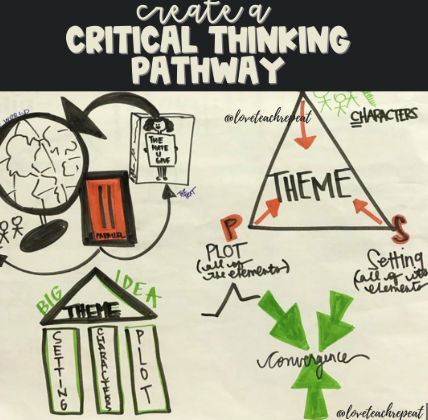Interactive reading notebooks are creative and organized tools that help students engage deeply with texts while developing key literacy skills. By combining reading strategies with hands-on activities, these notebooks turn passive reading into an active, reflective process that enhances comprehension, vocabulary, and critical thinking.
At their core, interactive notebooks provide a personalized space where students record their thoughts, analyze text elements, and respond creatively to reading assignments. These entries might include summaries, graphic organizers, vocabulary charts, character analyses, and reflections. The structure supports differentiated learning by allowing students to interact with texts at their own level.
One key benefit of interactive reading notebooks is the balance of structure and creativity. Teachers can guide students with templates, prompts, and checklists while still encouraging individual expression. Foldables, diagrams, and illustrated pages add visual interest and make concepts more memorable.
Using notebooks consistently helps students build reading habits and take ownership of their learning. Over time, the notebook becomes a rich portfolio of progress, showcasing growth in understanding and skill development. It also offers teachers a valuable tool for informal assessment and personalized feedback.
Interactive reading notebooks are especially effective for teaching story elements, theme, point of view, vocabulary, and inference. They also encourage metacognition—students learn to think about how they read and what strategies help them understand best.
Whether used in elementary, middle, or high school settings, interactive reading notebooks are adaptable and impactful. They make reading more engaging, organized, and reflective—supporting long-term literacy development in a meaningful and enjoyable way.


